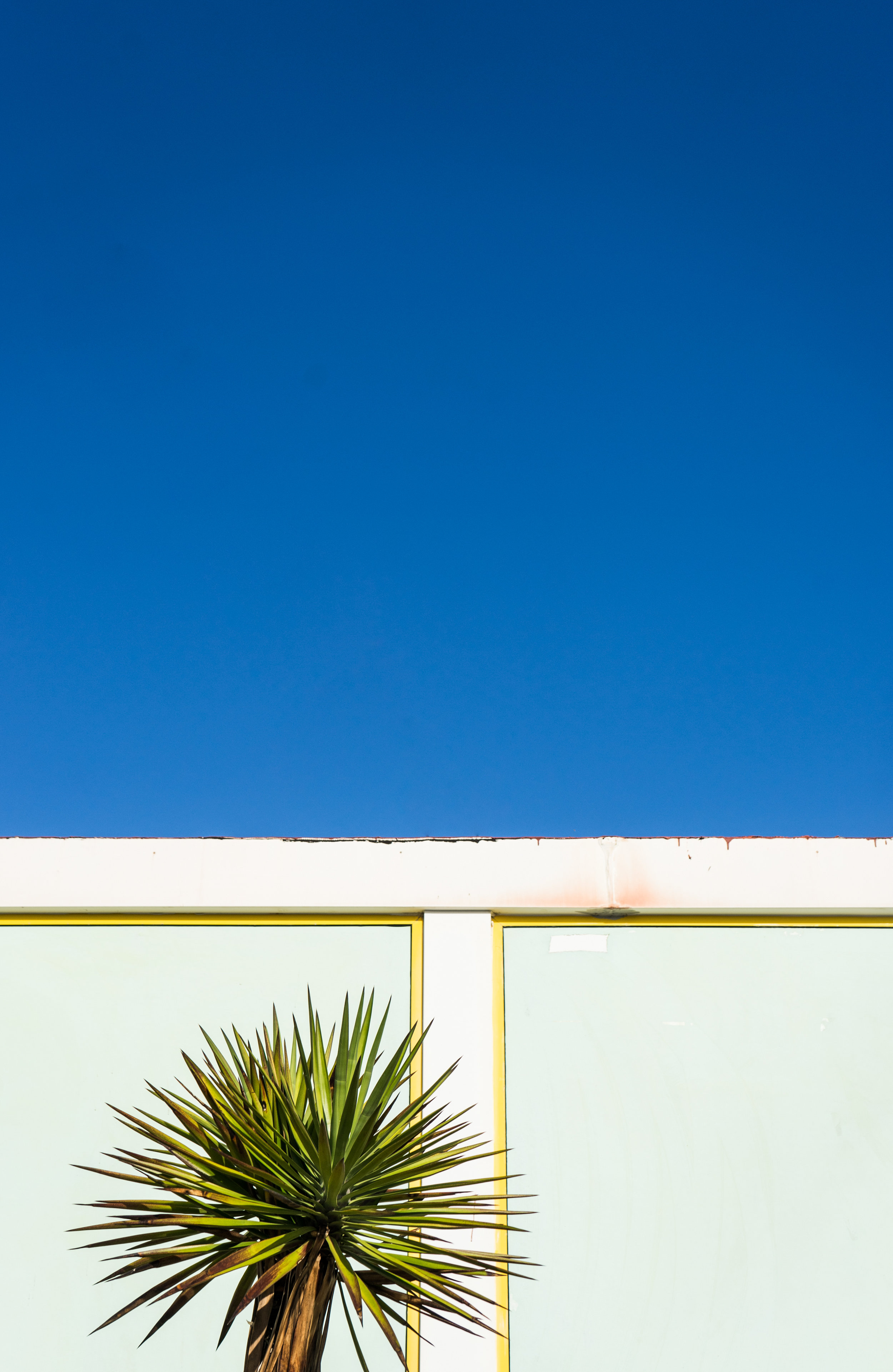As creatives, we've chosen to dedicate ourselves to a craft. We thrive off of the fleeting moments of satisfaction and gratification that come at the end of our latest projects and then, at a moments notice, we find ourselves striving for the next. If you're anything like me, you're constantly critiquing the work you put out and never feel fully satisfied. There persists a constant struggle to better ourselves and aside from practice, the best thing to do is ask questions.
These questions can either serve as icebreakers among photographers or simply just small talk here and there. With any hope, they are asked to try and better our craft and in this instance, to better our photographs. Over the years I have found that a lot of what people want to know is technical information like "Which lens?", "Which body?", and "What settings?".
The more I have thought about it the more I have realized that, when it comes down to it, none of that technical stuff really matters. Sure, it helps to create a technically perfect photograph, but what is a world full of technically perfect photographs without creativity? In my opinion, the most important tool that we have is not in our bags, not on our cameras, and it can't be found at your local camera store. The most important thing in creating stronger, more interesting or simply "better" photographs is you. It is what is inside our heads. Photographs should be an extension of ourselves and represent the thoughts, emotions, ideas that are trapped in our mind.
You may have a bag full of the nicest gear on the market, but what is all of that gear without a mind that thinks for itself? The gear is simply a means of translation of our mind's ideas into see-able images. It's the equivalent of having a brand new Wrangler sitting in your driveway, but not having a drivers license to do anything with it except sit in the drivers seat and wonder.
